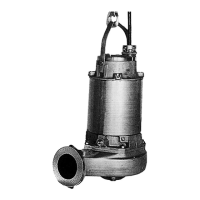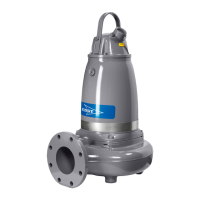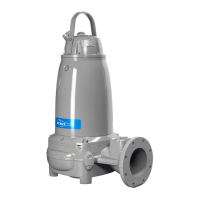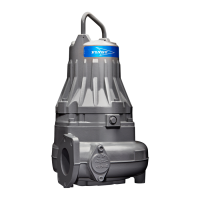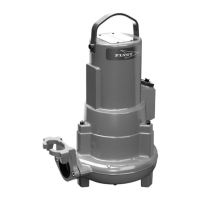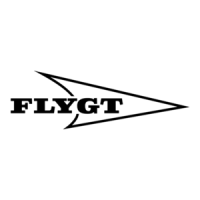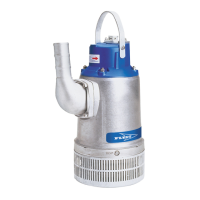Why FLYGT 3126.290 runs but the motor protection trips?
- JjeffreyfloresAug 7, 2025
If your FLYGT Water Pump motor protection trips, it could be due to several reasons. First, ensure the motor protection is correctly set according to the data plate and cable chart, if applicable. Check if the impeller is difficult to rotate by hand; if so, clean the impeller and the sump, and verify the impeller is properly trimmed. Also, check the fuses and replace any that have tripped. If the fuses are intact, then notify a certified electrician. If there is a malfunction in the overload protection, replace the overload protection. Make sure that the maximum density is 1100 kg/m3 (9.2 lb/US gal).
